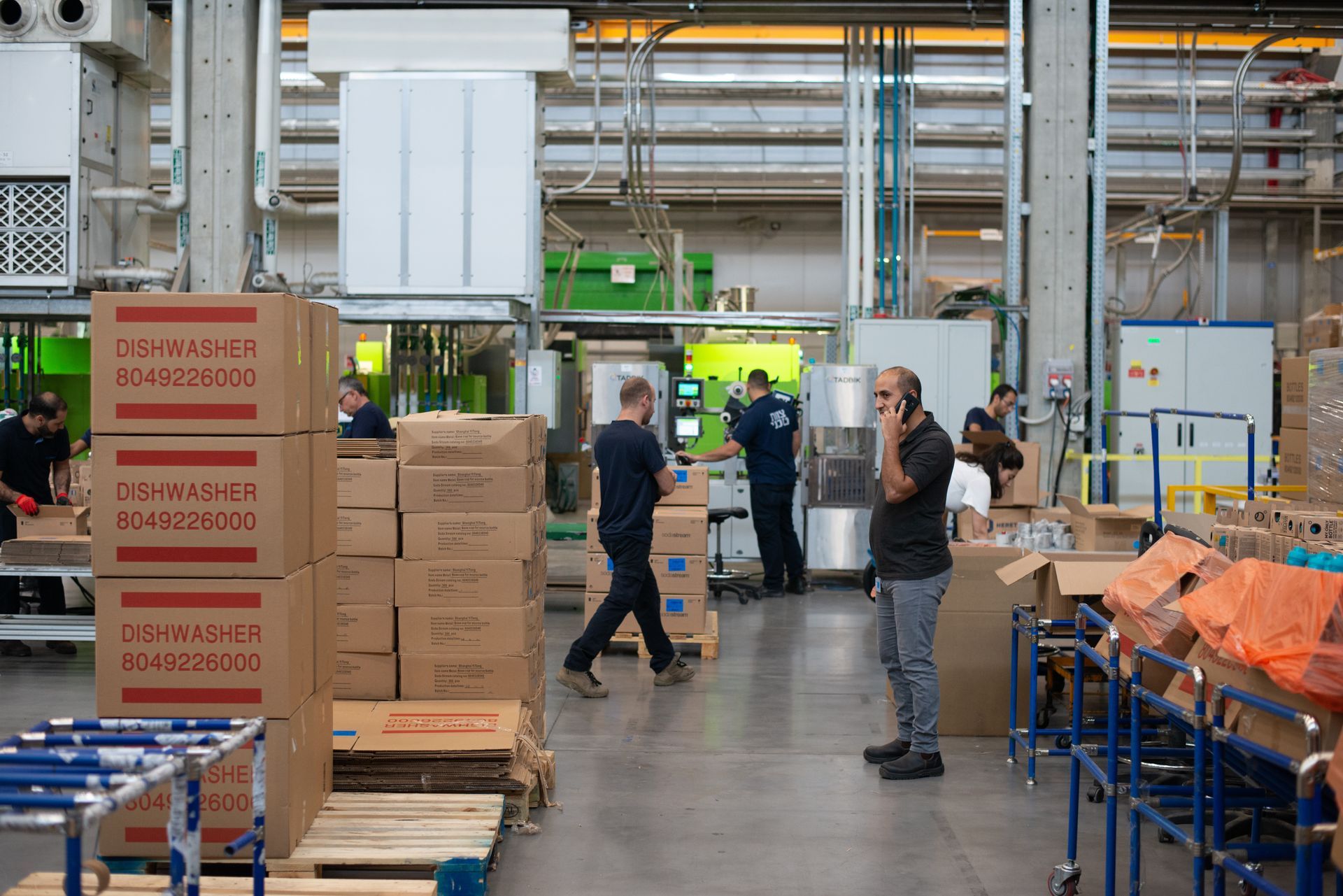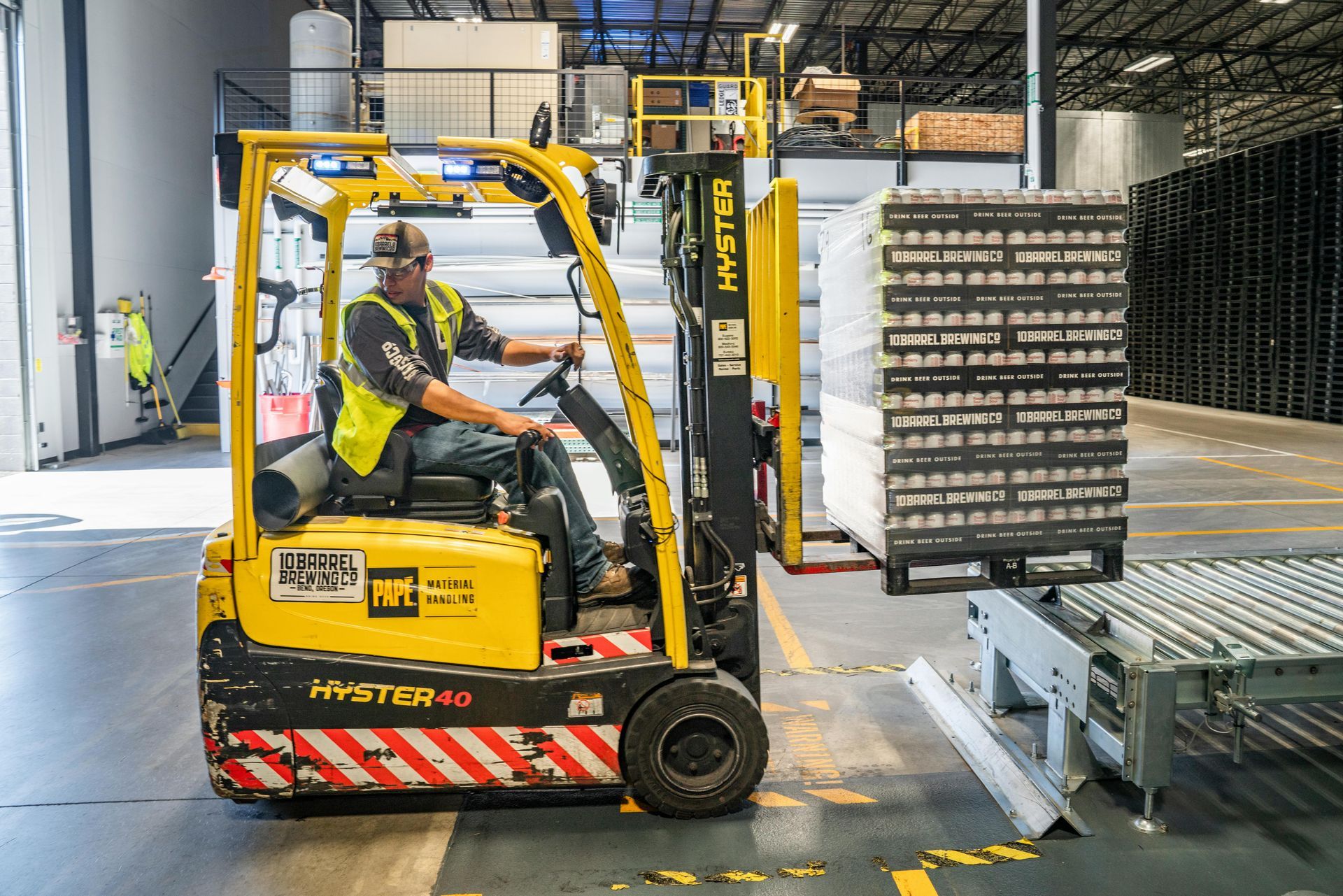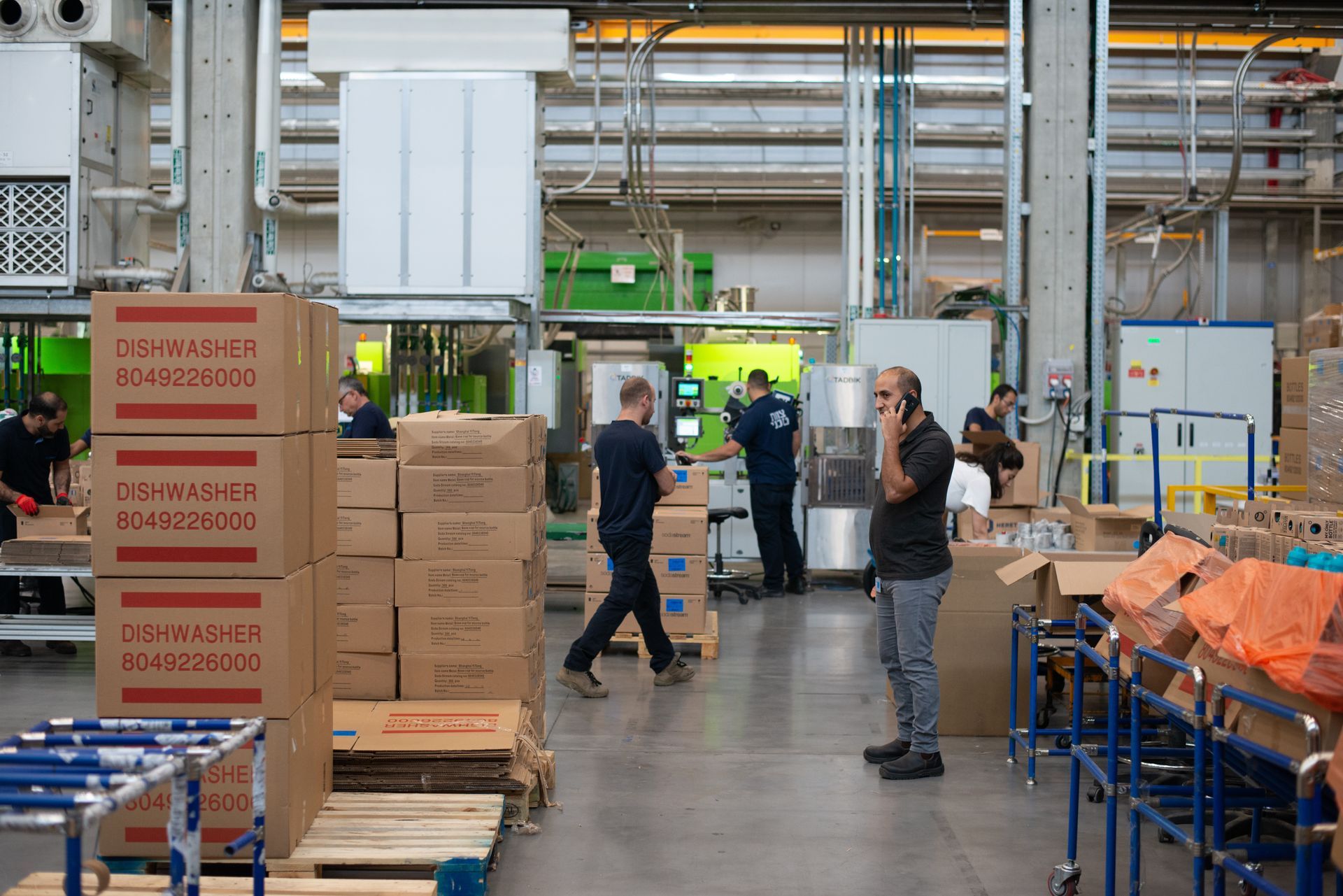Fostering Workplace Inclusivity and Embracing Diversity in Warehouse Staffing
In the modern warehouse industry, building an inclusive and diverse workforce is becoming increasingly important for maintaining a competitive edge and driving success. As the warehouse sector rapidly evolves in the face of new technology, automation, and changing market demands, the need for diverse talent and perspectives is more critical than ever.
Embracing diversity in warehouse staffing and operations can lead to numerous benefits, including enhanced creativity, better decision-making, and improved employee satisfaction and retention rates. To unlock these benefits and drive a positive impact on their bottom line, warehouse businesses need to prioritize inclusivity and diversity in their staffing strategies and work environment.
By examining important aspects of diversity and inclusion, our aim is to offer valuable insights and recommendations for businesses in the warehouse staffing sector that wish to prioritize inclusivity and reap the benefits of a diverse workforce. By partnering with specialized staffing companies like Front Line All Temps, businesses can tap into a wealth of knowledge and resources designed to support their efforts in creating a more inclusive workplace. Embracing diversity in warehouse staffing and operations is not only a moral imperative but also a strategic advantage that can propel businesses to greater heights in the industry.
Understanding the Benefits of Diversity and Inclusion
Diversity and inclusion play a pivotal role in driving a successful and dynamic warehouse environment. Some of the key advantages that result from embracing an inclusive and diverse workplace include:
1. Enhanced Creativity and Innovation: A diverse workforce brings together individuals with different backgrounds, experiences, and perspectives, fostering an environment that cultivates creativity and innovation. This can lead to more effective problem-solving, innovative solutions, and ultimately, better business performance.
2. Improved Decision-Making and Team Performance: Research has shown that diverse teams make better decisions, as they are better equipped to evaluate various options and perspectives. An inclusive work environment encourages open communication and collaboration, contributing to improved team performance and overall productivity.
Developing an Inclusive Recruitment Strategy
Prioritizing inclusivity in recruitment and hiring processes is a pivotal step toward creating a diverse workforce. Key strategies to employ in your recruitment efforts can include:
1. Broadening Talent Pools: By expanding your reach to various sources and using diverse channels to search for talent, you can attract a wider range of candidates from different backgrounds and demographics.
2. Inclusive Job Descriptions: Ensure that job descriptions and advertisements are inclusive and free from any language that may inadvertently deter qualified, diverse candidates from applying. Highlight your company's commitment to diversity and inclusion in your job postings.
3. Implementing Objective Assessment Methods: Utilize standardized assessment tools and objective evaluation methods to minimize unconscious bias and ensure a fair, unbiased assessment of all candidates.
Fostering an Inclusive Work Environment
Creating a workplace environment that supports, values, and retains a diverse workforce is essential for warehouse staffing success. Essential steps for cultivating an inclusive workplace include:
1. Regular Employee Training: Conduct diversity and inclusion training sessions for all employees. These should cover a range of topics, including unconscious bias, cultural awareness, and open communication.
2. Encourage Open Dialogue: Foster an open and inclusive communication culture where employees feel comfortable expressing their ideas, sharing their perspectives, and discussing challenges related to diversity and inclusion.
3. Support Employee Resource Groups (ERGs): Encourage the formation of ERGs within your organization, providing a support network and platform for employees of diverse backgrounds to connect, learn, and grow together.
Addressing Unconscious Bias and Discrimination
It is crucial for businesses to recognize and address any unconscious biases or discriminatory behavior present in their workplace. Here are some tips for tackling these issues:
1. Raise Awareness: Educate employees about the different forms of unconscious bias and discrimination and help them recognize and acknowledge their own biases.
2. Monitor Workplace Interactions: Keep a close eye on workplace interactions and identify patterns of behavior that may indicate unconscious bias or discrimination. Address any issues immediately to create a safe and inclusive environment for all employees.
3. Develop Policies and Procedures: Establish clear policies and procedures to address discrimination and bias in the workplace and ensure that employees are fully aware of them.
Final Thoughts
Embracing diversity and fostering an inclusive work environment is not only a moral imperative but also a strategic advantage for businesses in the warehouse staffing sector. Warehouse companies that prioritize inclusivity and diversity will benefit from increased creativity, innovation, better decision-making, and improved employee satisfaction, driving overall success in the industry. By understanding and implementing the strategies discussed in this blog post, businesses can create supportive, inclusive workplaces that attract, support, and retain diverse talent.
Partnering with
warehouse industry staffing companies like Front Line All Temps can play a vital role in helping businesses develop and sustain a diverse and inclusive workforce. With access to a wealth of expertise and resources, companies can confidently navigate the complex challenges of fostering diversity and inclusion in the warehouse staffing sector, propelling their businesses to new heights and ensuring continued success in the industry.










